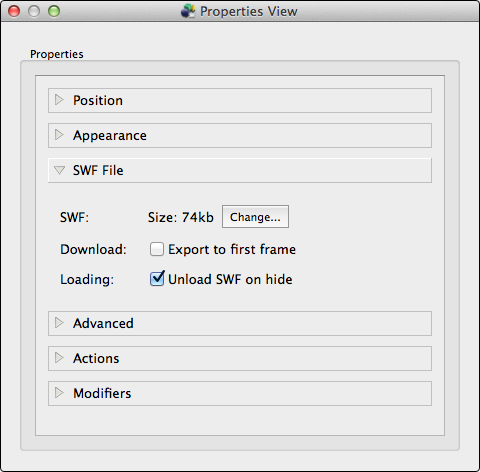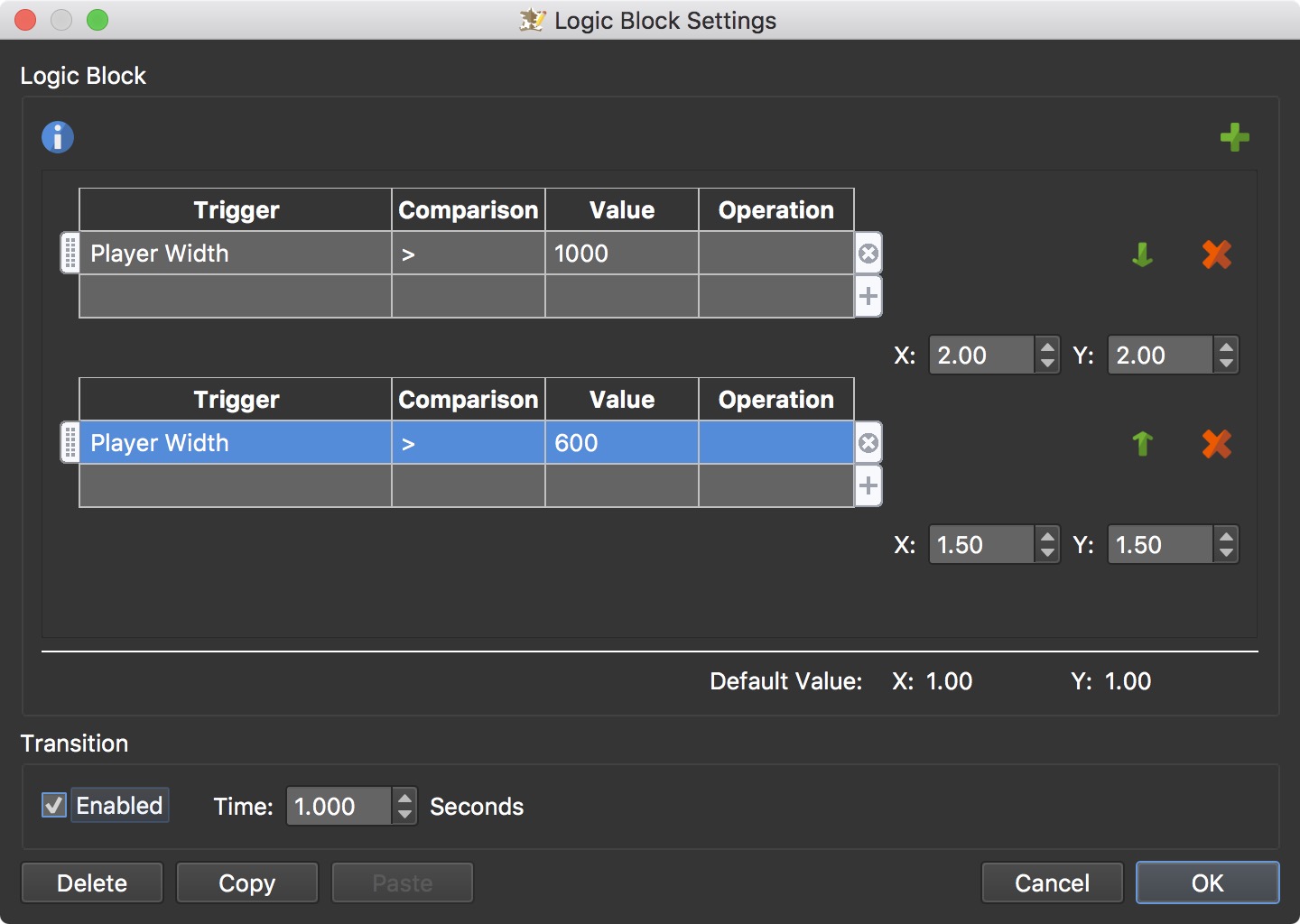

The problem is, if it is scaled up, it'll often end up looking like this:īelow I created a small test program to go through all the different modes I know of and then generate a matrix of images which I have reproduced below.
Object2vr image scaling code#
Here is an image of a simple QR code blown up in GIMP. My current best resolution is not pretty, it is slow and although I could improve the speed by locking the bits in the bitmap, I am hoping someone has a really simple answer that I had totally missed on my search again this time. I am limiting this to bitmaps only because using vectors here is not something I need on my current project. The most consistent way I have found is to scale the images before they are use daily in other places such as Microsoft Word, lightburn and a few others I use that still give me a headache.īelow I will go through what I have tried and show the results. Even printing directly will often give you expected gray artefacts or forms of dithering. The result of scaling it up depends on the method used and although sometimes you are given a choice, often you have no options that make the image suitable. This would be too small to see if printed pixel to pixel on most printers and would typically be scaled up. A typical QR code could fit in a 21 x 21 grid. Most barcode generation algorithms will give you a compact barcode usually with the smallest element size being one pixel. Barcode readers generally work faster and more accurately when the edges are crisp and then size of the lines or dots are precise. They are usually made of black dots or lines on a white background. I've come across this problem many times over the years and still live in hope that there is an easy way to do this that I have missed. Std::cout << "lightCount value = " << *(int*)ptr << "\n" Void* ptr = glMapBuffer(GL_SHADER_STORAGE_BUFFER, GL_READ_ONLY) GlBufferSubData(GL_SHADER_STORAGE_BUFFER, sizeof(int), sizeof(LightData) * lights.size(), &lights) GlBufferSubData(GL_SHADER_STORAGE_BUFFER, 0, sizeof(int), &lightCount) GlBufferData(GL_SHADER_STORAGE_BUFFER, sizeof(int) + sizeof(LightData) * 10, NULL, GL_DYNAMIC_DRAW) GlBindBufferBase(GL_SHADER_STORAGE_BUFFER, 0, lightSSBO) Target machine: Raspberry Pi 3B (1GB RAM, Broadcom something-or-other) 4 cores 1.4GHz + Ubuntu Server for Pi

I apologise, but I would seriously appreciate any pointers.Įxtra notes: I'm writing for/on Linux embedded devices over the DRI/M interface.Īs per Richard's comment, some information about my systemĭevelopment machine: Dell inspiron 15 7570, 16GB RAM, i7 8core + Ubuntu 21.04
I'm new-ish to programming on the low level, and especially to performance-oriented programming, so there's always the chance I've missed something.Using a library/os function to do this for me
Object2vr image scaling how to#
While I was planning on doing this anyway, I thought I'd mention it here to ask for further information on how to best achieve this.Huge overhead for moving and managing data between GPU and CPUĪlgorithmic optimisations such as calculating multi-image bounding boxes and adding **** loads more code to only render the regions of the image that will be visible.Overhead from spawning and managing separate threads.Race conditions from simultaneous access to the same memory region,.Multithreading seems suboptimal for several reasons


 0 kommentar(er)
0 kommentar(er)
